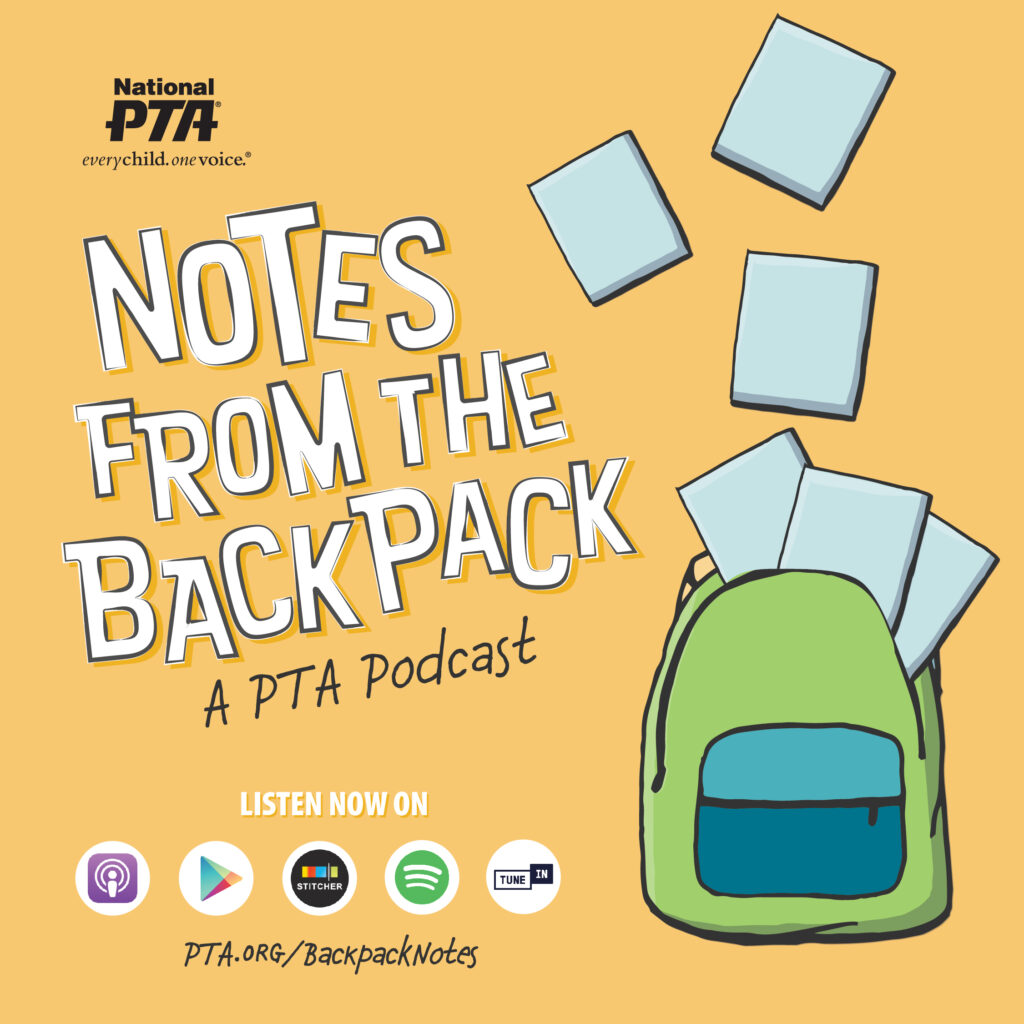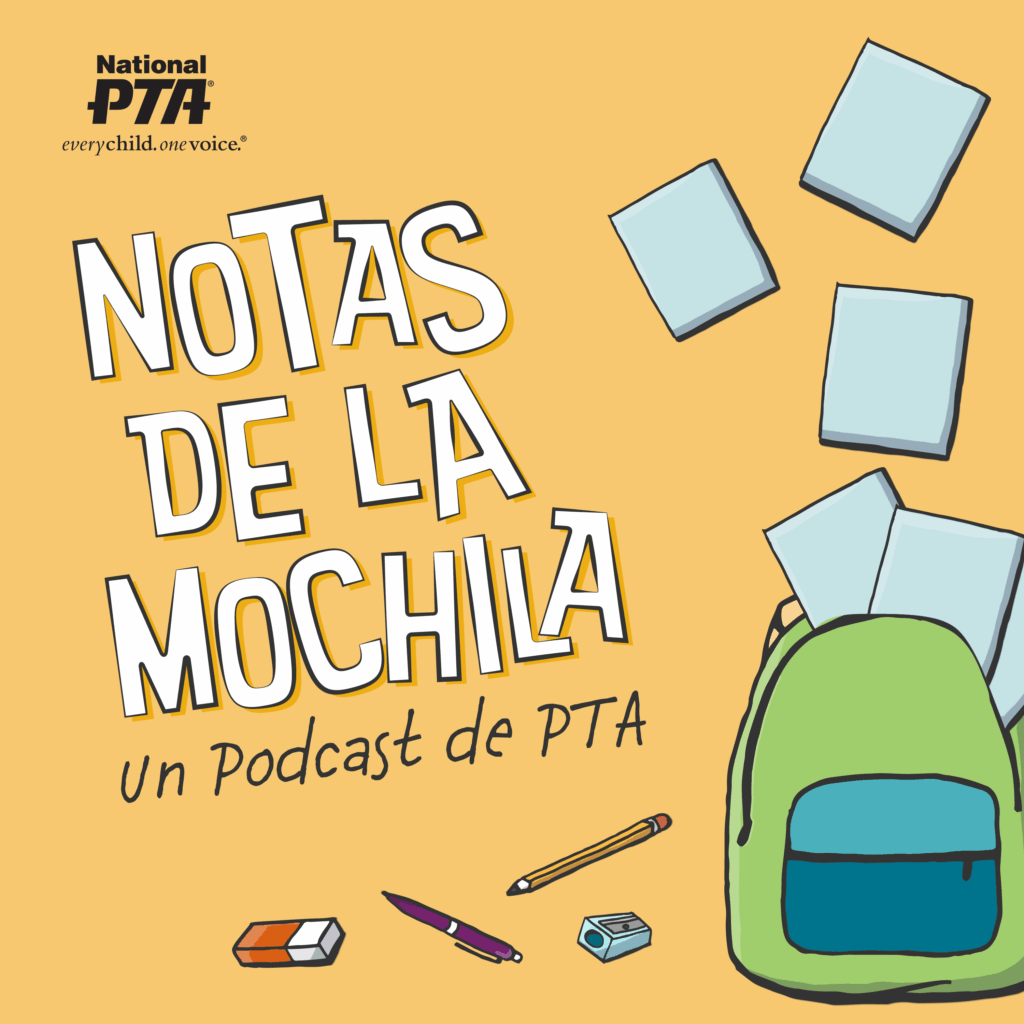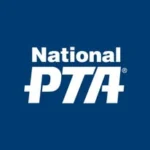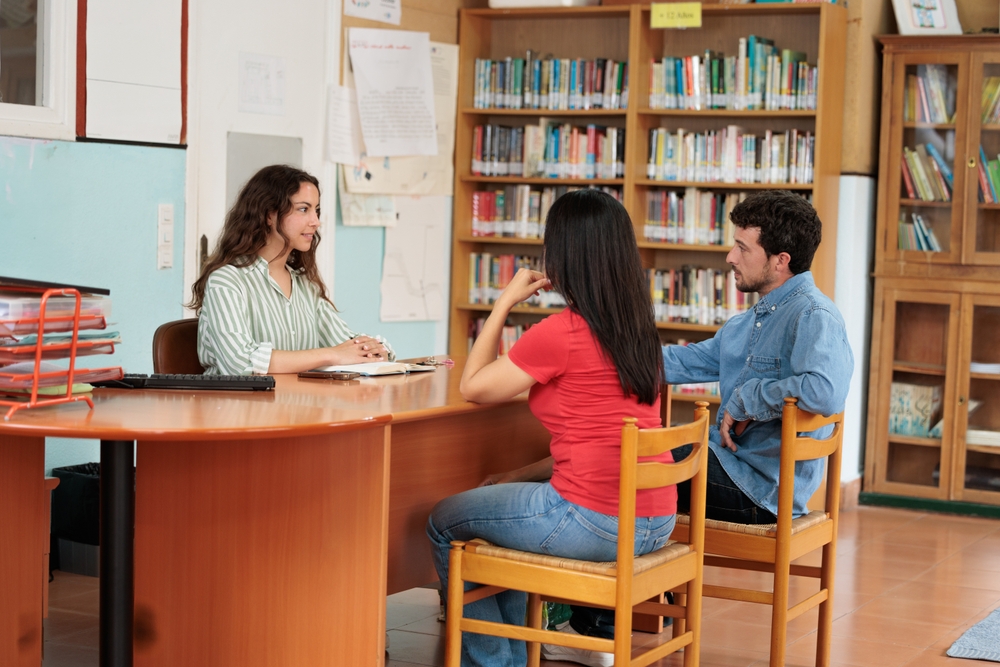In today’s world, kids have no shortage of ways to learn about current events. Phones, television and social media have outpaced traditional news sources as a connection to what’s happening in the world. Yet a 2022 survey found that 74 percent of Gen Z and Millennials get their weekly news from a mix of newspapers, local TV news outlets and social media.
With so little guidance on what counts as truth and what qualifies as biased coverage, it pays to stay involved with your child’s consumption of current events. Here are some tips for parents on how to raise informed, news-savvy kids.
1. Ask Your Kids How They Feel About the News
Perhaps the easiest way to get an idea of how your child stays informed is to ask how they find out about national and local events. Find out about their gut reaction to headlines. Are they motivated to talk to friends or to you about their feelings or looking for ways to get involved with current events? Or do they show no interest in the news? Knowing their source of news and how engaged they are with staying up-to-date on current events can help you have relevant conversations about reliable and trustworthy sources.
Kids who are stressed out about what they read and see in the news might need their consumption monitored. If they show interest in a story that is being shared on social media, encourage them to dig deeper to confirm the story’s credibility.
2. Encourage Them to Be Curious About the News
It’s never too early to encourage your kids to think about and question the images and stories they read about in the news. Ask them questions, and encourage them to read the same story written by different sources. That helps them recognize biases that come from different writers or news outlets. Train your kids to go beyond the face value of the story to decide its credibility or worth.
3. Discuss Social Media Sharing
Even if you already have parental controls on your child’s social media accounts, it also pays to play “Should you share?” with your teens and tweens so they don’t share fake news. Siblings can have different views on the same type of events and content, so talk to them about what emotions motivate them to forward posts, and if they fact-check a story’s newsworthiness before sharing. Posts and headlines that are considered clickbait can spread quickly, so instilling a healthy sense of skepticism when it comes to things they see on social media is a wise move.
4. Be Wary Of Scams and Hoaxes
In the same way that news headlines can seem exaggerated, scam stories and social media posts often use attention-grabbing capital letters, exclamation marks, or copy that isn’t addressed in the story to get readers open and forward. Encourage your kids to spot and question sensational language and things that sound too good to be true. Also, stress to your kids that creating or spreading misinformation about very real events—like school shooting threats—can have real-world consequences, like arrests.
5. Add It to Your School’s Curriculum
If you’re not sure if your child’s school teaches news literacy, ask their teacher about it at your next parent-teacher conference. Now seen as an essential skill for K-12 students, media literacy teaches young learners how to evaluate information, ask questions and avoid manipulation. By starting a conversation at your child’s school or with other PTA members in your community, you can play a part in shaping a generation of informed students.


















